
by Owen | Jan 2, 2023 | Financial Planning, Income, Investment Planning, Retirement Planning, Tax Planning
There is never a bad time to start saving for retirement, but when is the BEST time to start planning? We’ve been told to start saving & investing for retirement from a very young age, the earlier the better, but when do you actually start planning for retirement itself? When do you start to think about income, expenses, taxes and government benefits during your retirement years?
Retirement can be very complex. When you reach retirement it’s pretty easy to have 6-10 different income sources, all with different tax treatments and claw back rules. One income source can be tax free while the other is fully taxed. Some retirement income is counted when calculating government benefit claw backs while others aren’t. These rules can make it difficult to estimate how much you can expect in retirement.
Retirees usually have their own source of retirement income from TFSAs, RRSPs, LIRAs, RRIFs, and non-registered accounts. Plus, they have government retirement programs like CPP, OAS and GIS. Then there are government benefits like the GST/HST credit and other senior’s benefits. And on top of that there are defined benefit pensions and annuities too.
With all these different income sources, it can get a little confusing. It can be difficult to know exactly how much can you expect in retirement income, how much will be lost to taxes, and how that matches up with retirement expenses.
As you get closer to retirement it can be extremely helpful to have a retirement plan in place. A plan that integrates all these different sources of income, calculates taxes and government benefits, and ensures you can reach your retirement spending goals. But can you reach a point where it’s too late to plan for retirement?
When is the best time to plan for retirement?
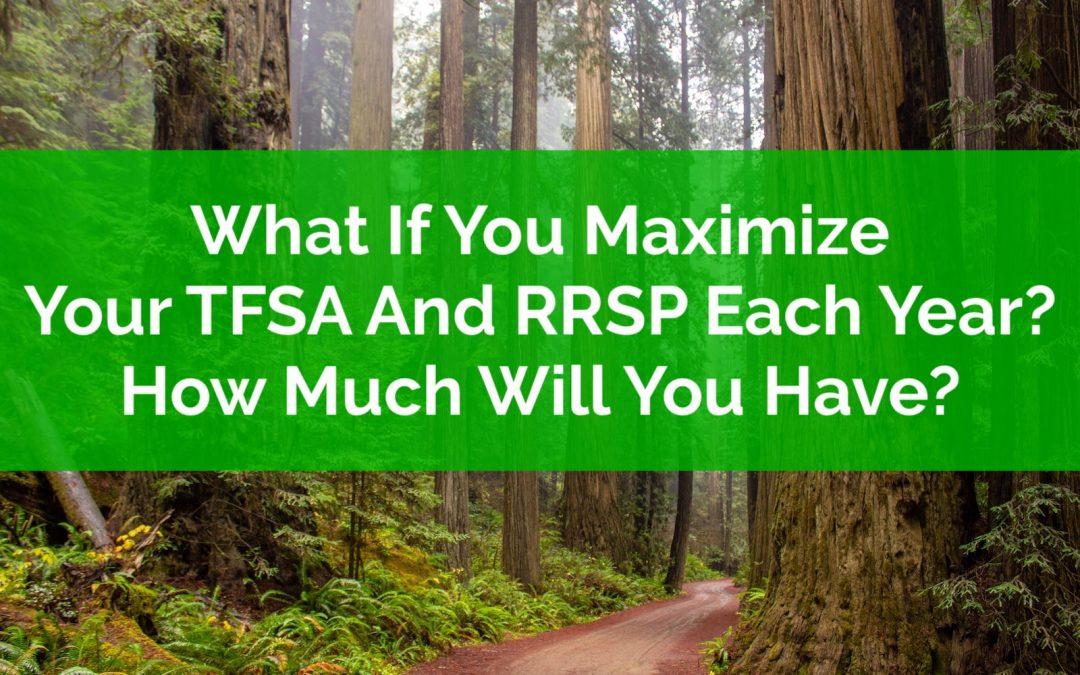
by Owen | Dec 19, 2022 | Budgeting, Financial Goals, Financial Planning, Investment Planning, Retirement Planning, Saving Money, Tax Planning
What if you maximize your TFSA and RRSP each year, how much money would you have in the future? If you just had one singular focus, how much could you accumulate? And would it be enough for retirement?
The TFSA and RRSP are two amazing tax advantaged accounts. They allow investments to grow tax free or tax deferred. They can be used to save and invest for retirement. Over time these contributions grow considerably with dividend income, interest income, and capital gains.
For the RRSP, new contribution room is based on 18% of the previous year’s employment income.
For the TFSA, new contribution is a set amount that grows with inflation in $500 increments.
Depending on your income level, maximizing both your RRSP and TFSA could mean a savings rate of 20%, or 25%, or 30% or even 35%+ at lower income levels.
That’s a high savings rate!
So, we can already anticipate that by maximizing the RRSP and TFSA every year we will probably end up with a sizable amount of financial assets, but how much exactly?
Is it $1 million?
Is it $2 million?
Is it $3 million or more?
In this blog post we’re going to have a little fun; we’re going to take a look at how much money you could accumulate if you just maximized new RRSP and TFSA contribution room each year.
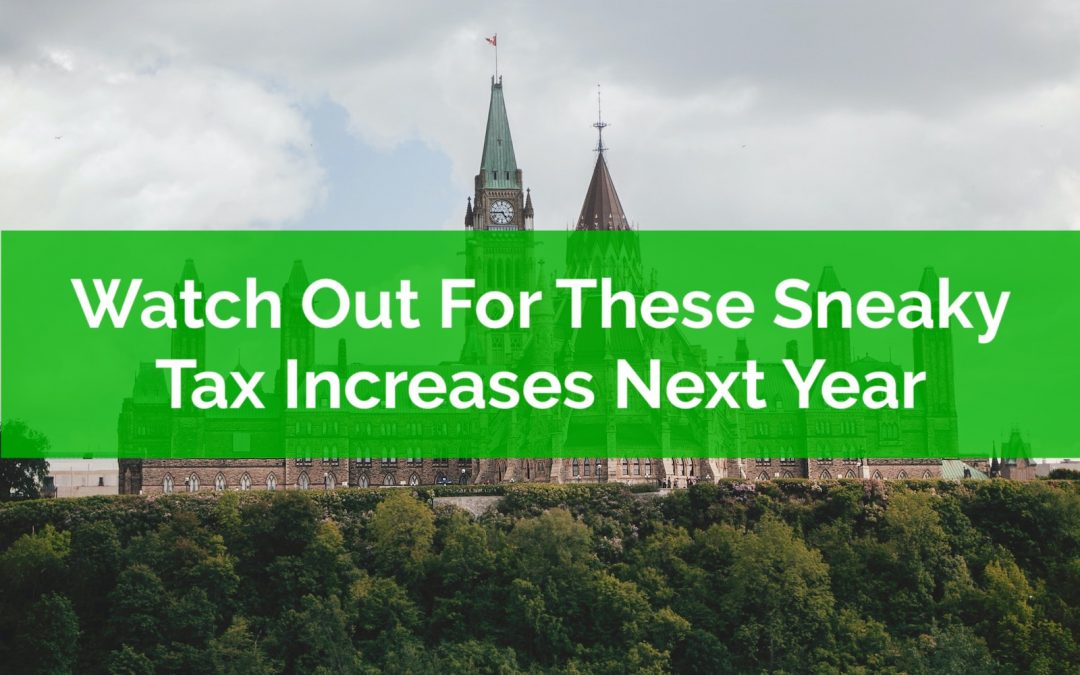
by Owen | Dec 12, 2022 | Budgeting, Financial Planning, Government Programs, Retirement Planning, Tax Planning
Most governments try to avoid raising tax rates. It’s an unpopular move. It creates headlines. It causes a sharp drop in popularity. So how do governments earn more tax revenue? They increase taxes in a sneaky way. Some provincial governments have done this in the past and a few are still doing it now.
You may not have seen these tax increases reported in the media, but next year you may notice your tax bill increase, especially if you live in certain provinces.
If you find yourself with a little less cash flow next year, this might be why.
Not all provinces do this. But some provinces are sneakily increase tax next year. Some have been doing this same thing for years.
Are you in a province that is increasing taxes? Find the details at the end of the post.
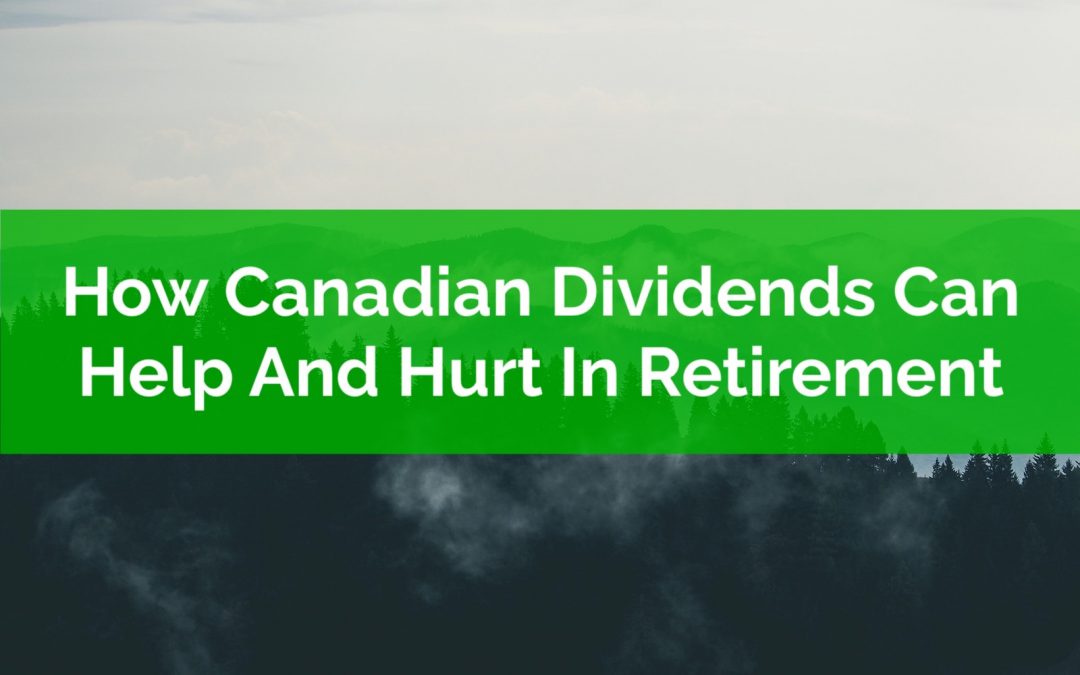
by Owen | Dec 5, 2022 | Financial Planning, Government Programs, Income, Investment Planning, Retirement Planning, Tax Planning
In the last post we highlighted how Canadian dividends receive special tax treatment which can lead to very low and even negative tax rates at some income levels. But before you go and shift your portfolio towards Canadian dividends it’s important to understand how Canadian dividends can either help or hurt your situation, especially in retirement.
Canadian dividends are taxed in a particular way which can lead to some unintended consequences, especially when government benefits are involved. While Canadian dividends can lead to lower tax rates, they can also lead to higher benefit clawbacks on GIS and OAS benefits.
If you can avoid these pitfalls then Canadian dividends, when used strategically, can allow you to withdraw from an RRSP and pay no additional tax.
In this blog post we’re going to look at three examples of how Canadian eligible dividends can both help and hurt in retirement.
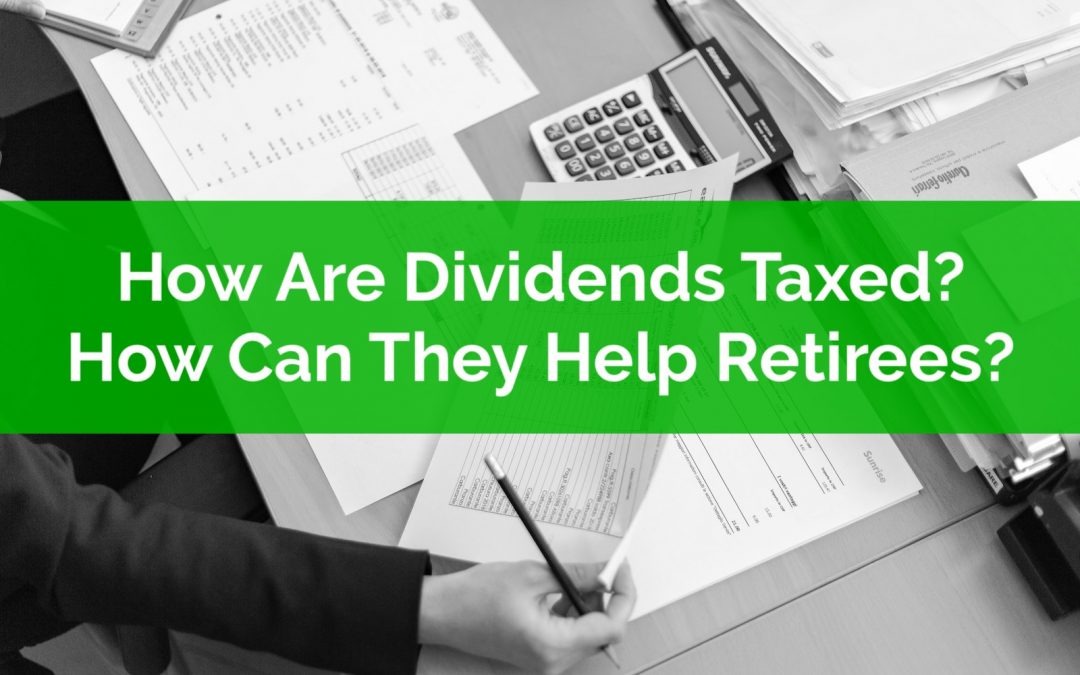
by Owen | Nov 28, 2022 | Investment Planning, Retirement Planning, Tax Planning
Dividends from Canadian corporations receive some special tax treatment that can make them an attractive investment in non-registered accounts. This special treatment means that they can help lower your average tax rate, especially in retirement.
But this special tax treatment makes it a bit confusing to understand how dividends are taxed. To calculate tax on Canadian dividends there are things like “gross ups” and dividend tax credits to consider.
Despite the extra confusion caused by this special tax treatment it can be very attractive to invest in Canadian companies. For most people there is a significant tax advantage when receiving Canadian dividends. For example, in Ontario, a retiree in the lowest tax bracket will experience a negative tax rate on eligible dividends!
The way these eligible dividends are taxed can help offset other income from CPP, OAS, pensions and RRSP withdrawals. With a bit of tax planning this advantage could add thousands in after-tax income for a retiree.
In this post we’ll look at how dividends are taxed, the difference between eligible and non-eligible dividends, and we’ll look at an example of how eligible dividends can help lower taxes in retirement (all the way to zero!).
Lastly, we’ll also look at how the dividend gross up can also trigger OAS clawbacks for high income retirees. A surprising negative of the way dividends are taxed (although it’s still an attractive form of income).
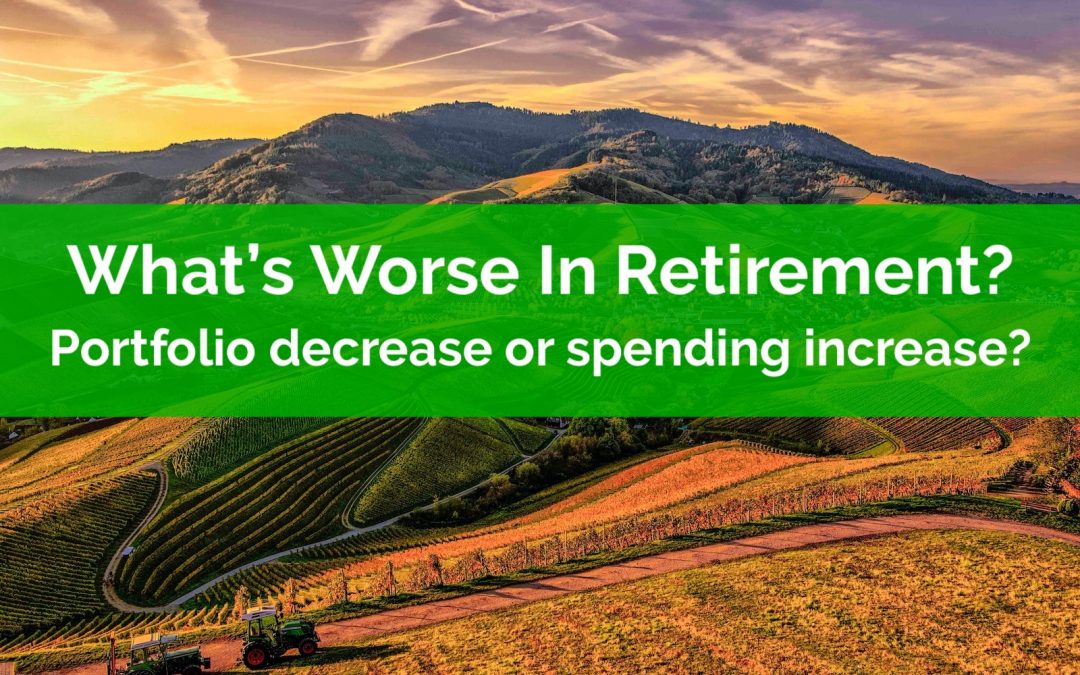
by Owen | Nov 21, 2022 | Behavioral Finance, Budgeting, Financial Planning, Investment Planning, Retirement Planning
A large decrease in portfolio value is a common concern when entering retirement. After all, seeing a large chunk of your retirement portfolio evaporate over just a few months can be quite disconcerting.
But… a large spending increase should be much more concerning in retirement.
If you had to guess, between a 20% drop in portfolio value and a 20% increase in spending, what is worse for a retirement plan?
It feels like a large stock market correction of 20%+ is the worst thing that can happen in retirement. After all, for an average retirement portfolio, a 10-20% drop could equate to a portfolio decline of $50,000 to $200,000+. That’s a large amount of money!
But a permanent increase in retirement spending should be much, much more concerning.
An increase in retirement spending of 10-20% is significantly worse than a 10-20% portfolio decline. Let’s see why…
Page 4 of 27«...23456...»






